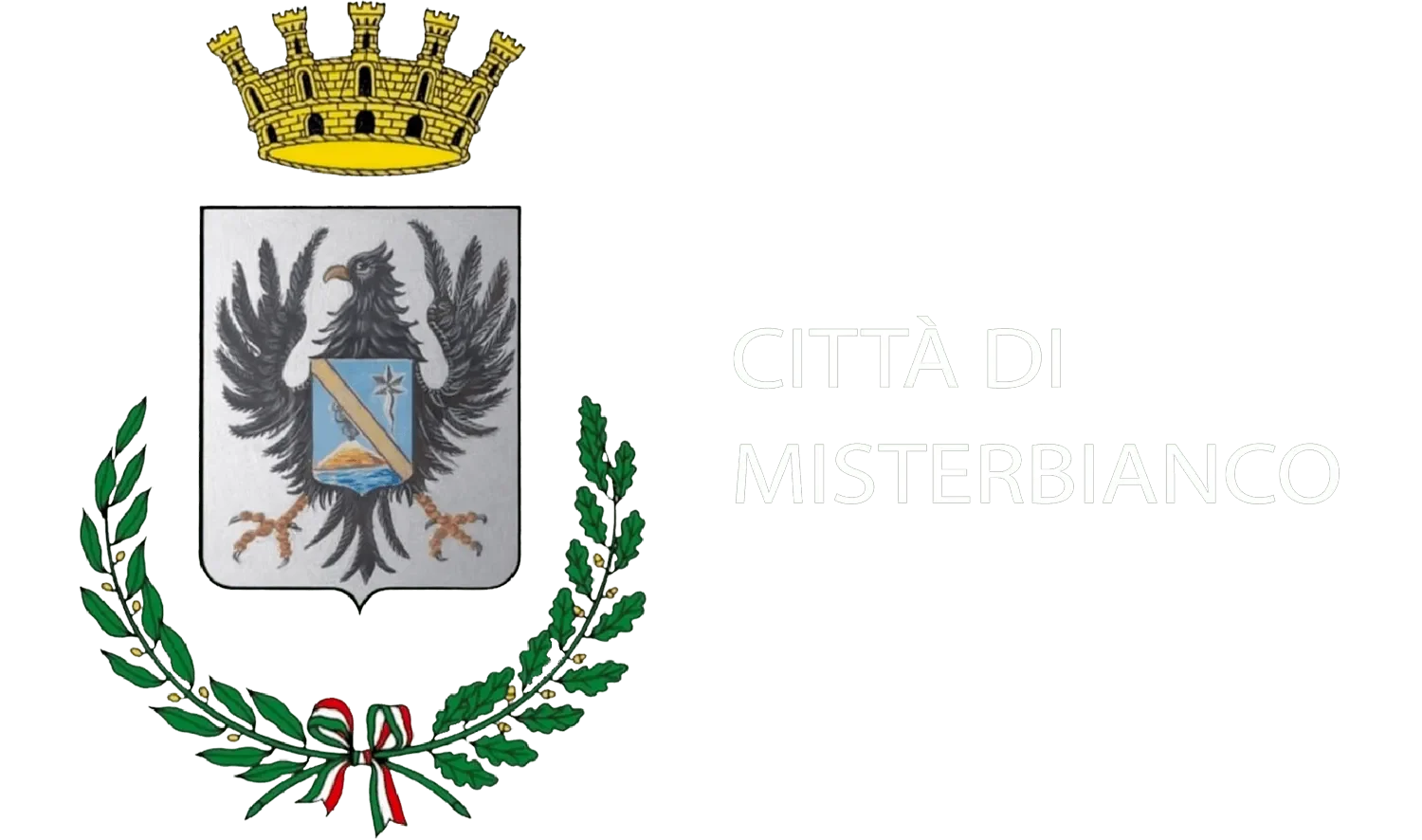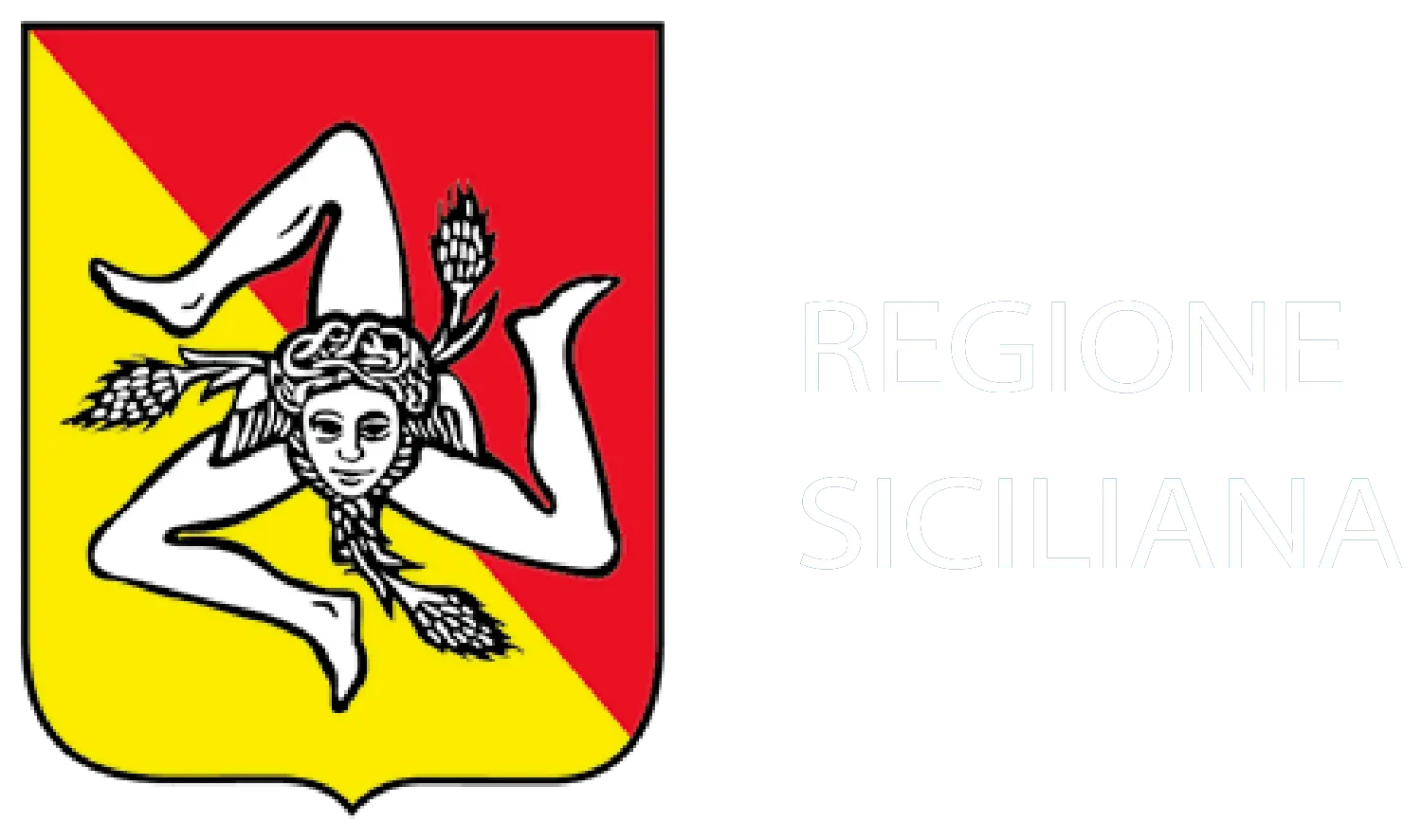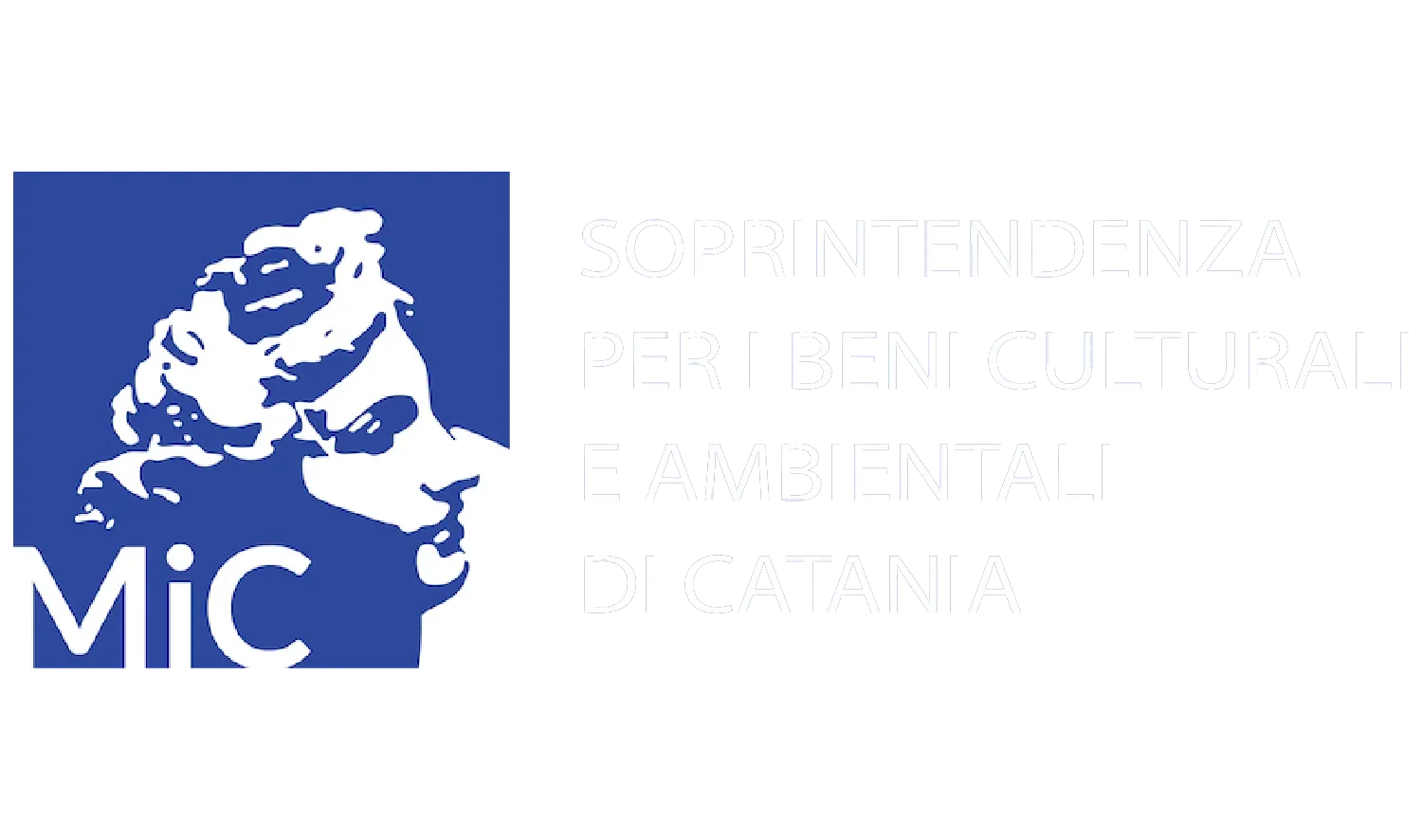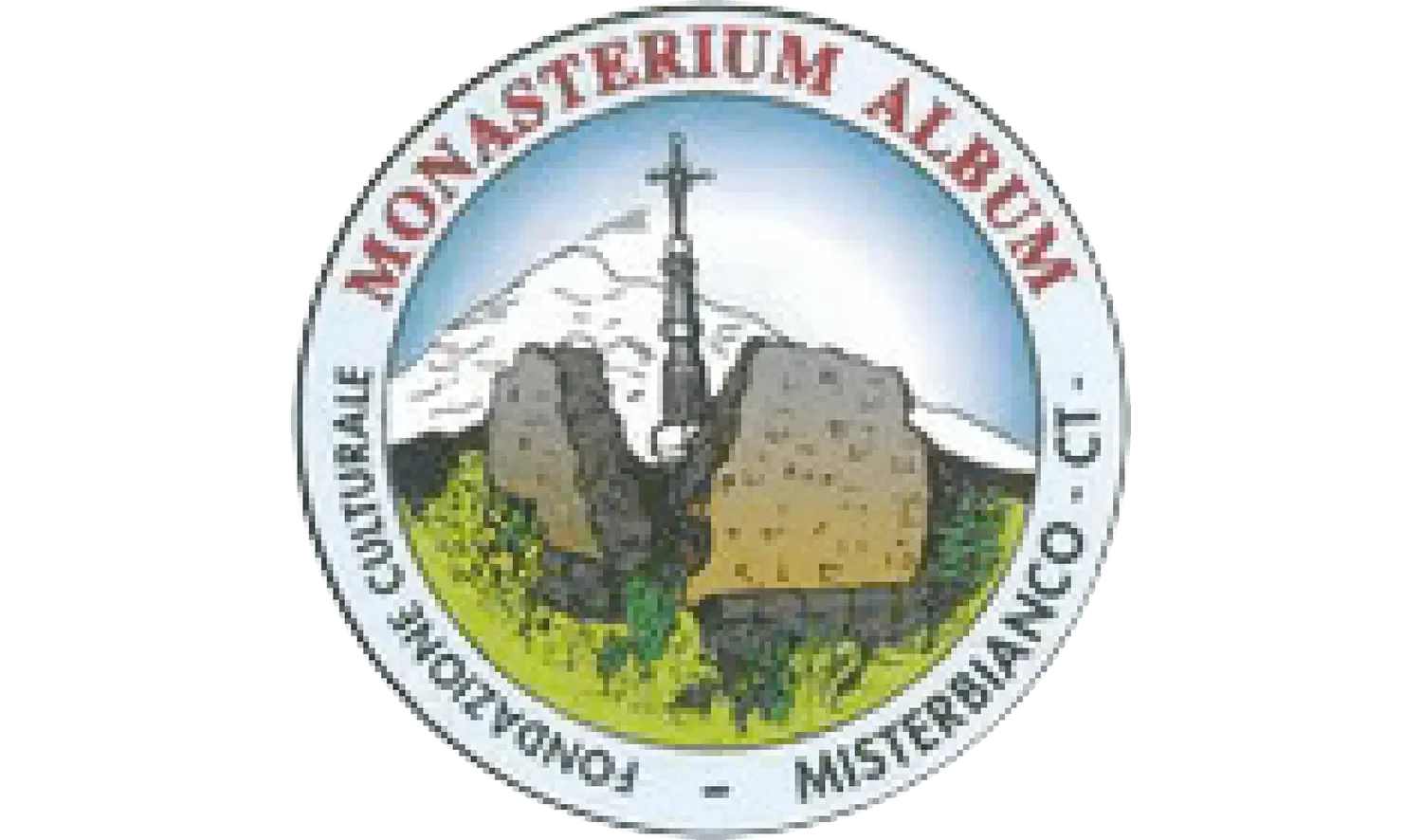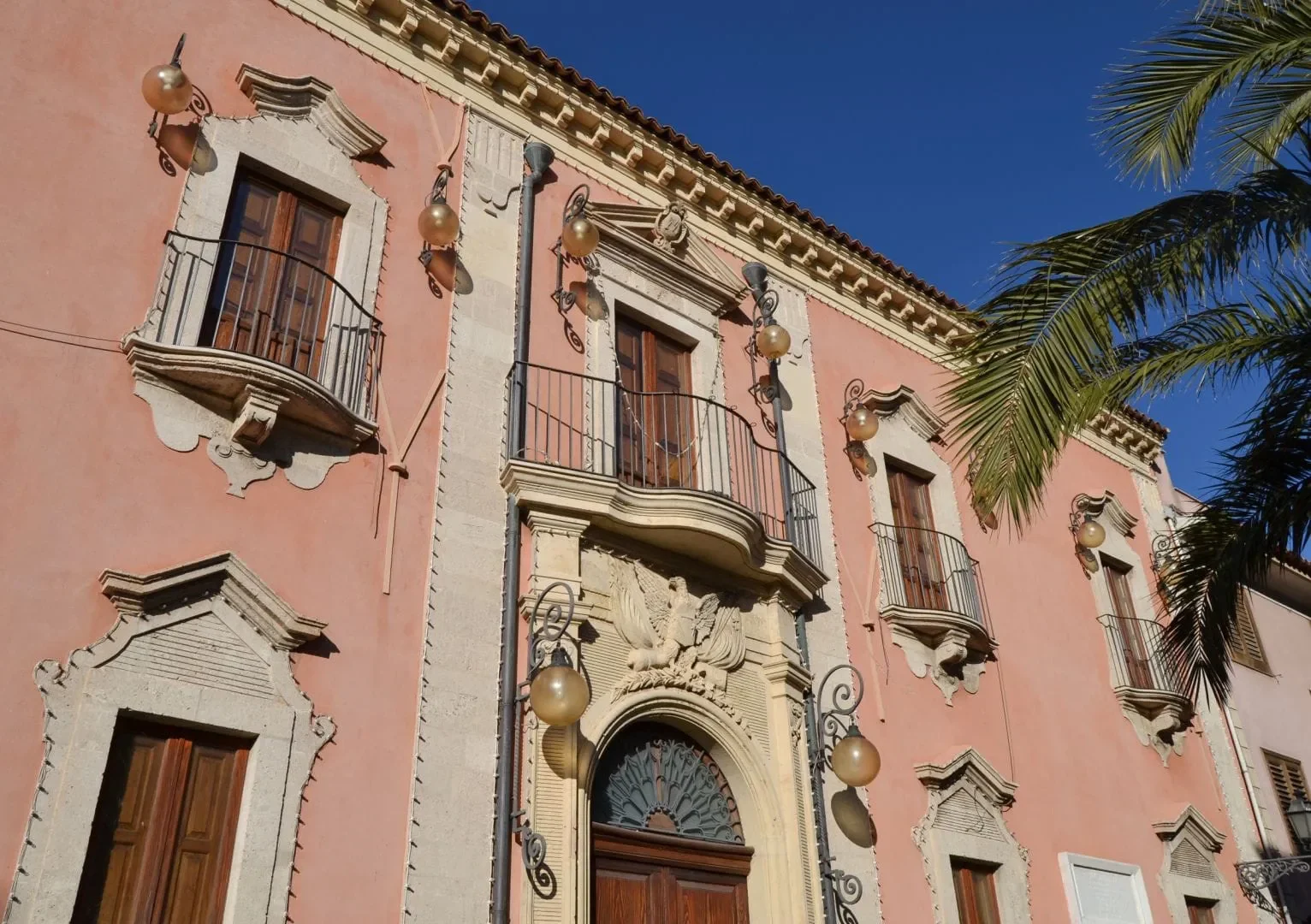
Misterbianco, a city located in the fertile plain of Catania, is a hidden treasure of Sicily, rich in history, culture, and tradition. Originally situated on a hill at the foot of Mount Etna, Misterbianco owes its name to Monasterium Album, a monastery that stood in the Campanarazzu area. This monastery, along with the ancient village, was destroyed by the eruption of Mount Etna in 1669.
The new settlement was rebuilt in the Milicia district, respecting the original structure. In 1670, the city gained autonomy and became an independent center in 1685. With the reconstruction of the Quattro Canti square, the churches, and the noble palaces, Misterbianco retains traces of the Neolithic period and Greco-Roman and Byzantine settlements. Archaeological excavations have brought to light the ancient Mother Church, destroyed in 1669.
Starting as a small agricultural center, Misterbianco experienced rapid growth from the 1950s onwards, with the development of industrial and commercial settlements. The city, with its roots in antiquity, offers a fascinating mix of religious elements, popular celebrations, archaeological sites, and works of art, making it a unique place in the Sicilian landscape.
In summary, Misterbianco represents the vibrant and multifaceted soul of Sicily, inviting visitors to immerse themselves in a world of tradition, beauty, and authenticity.
